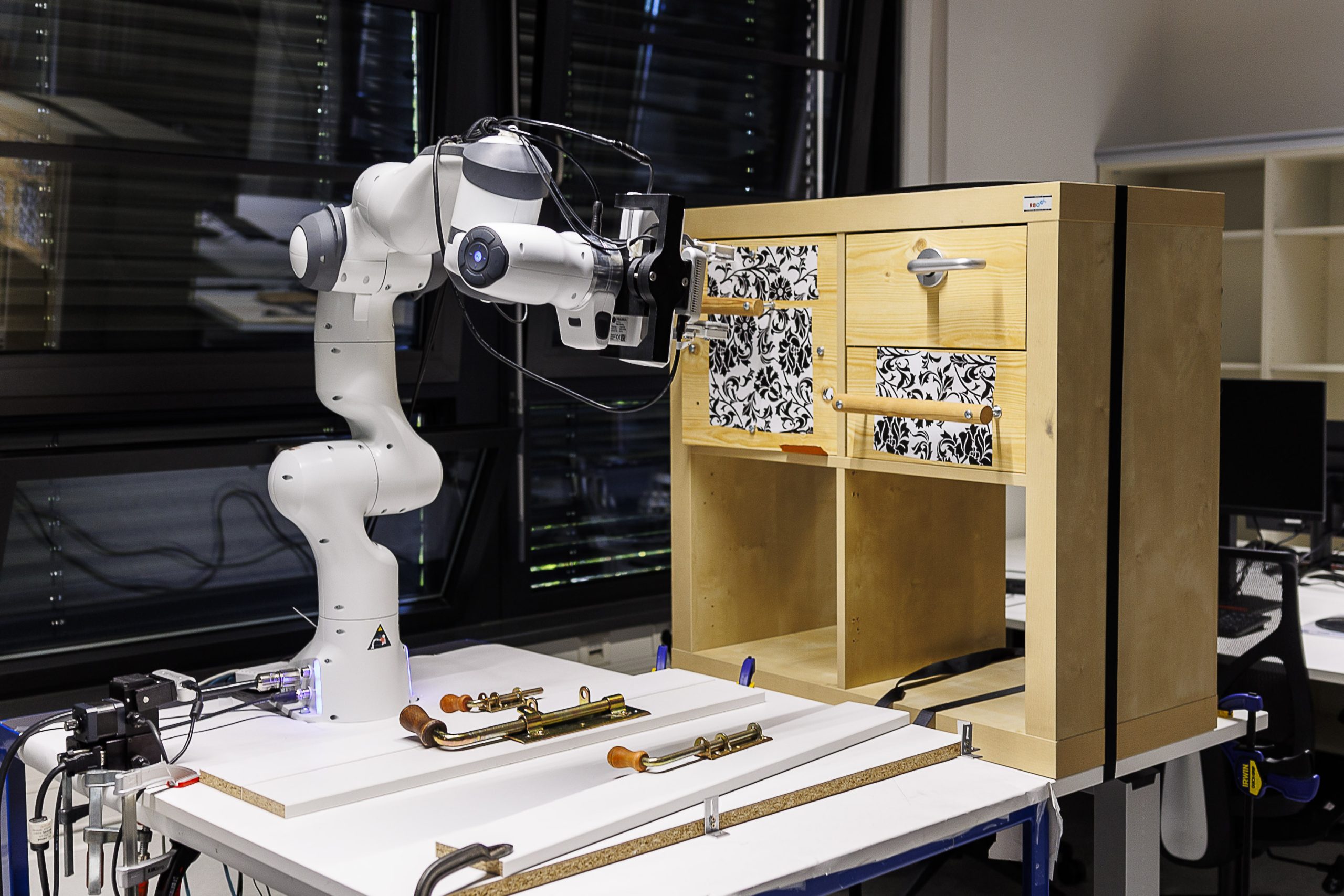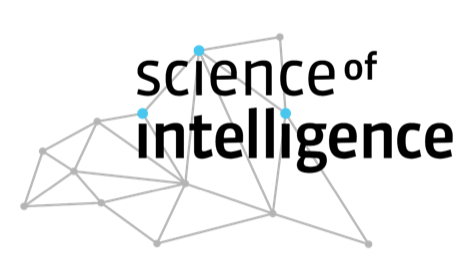Incremental assembly of capabilities
The best way to solve a complex problem in a very high-dimensional space (i.e. a data space with a large number of features or attributes, resulting in a high number of dimensions) is to first solve simpler problems in lower-dimensional space and to learn how to put them together appropriately. If you have discovered an easily-discoverable regularity relevant to a task, you can effectively replace the concerned dimensions with your knowledge of this simple regularity. The resulting problem space is now simpler because some dimensions are already explained.
Now, in this simplified space, a new regularity might be within the reach of the learning ability of the agent: the agent discovers this new regularity, can use it in the future, and has further reduced the dimensionality of the remaining space. More and more regularities move into the reach of the agent. Each of the regularities can be viewed as a factor in the generation of behavior. The agent can compose and re-compose these factors to achieve behavior.





